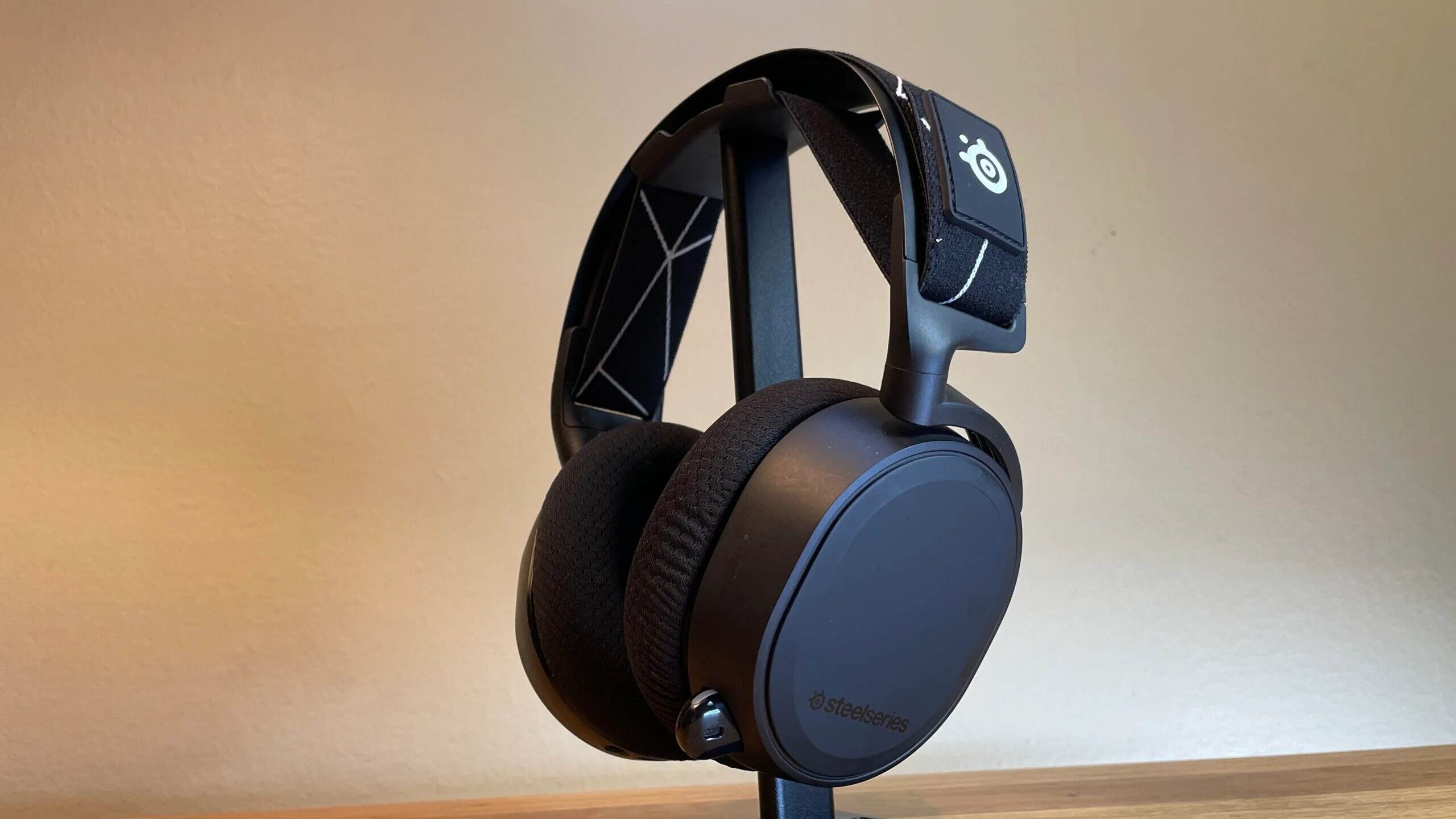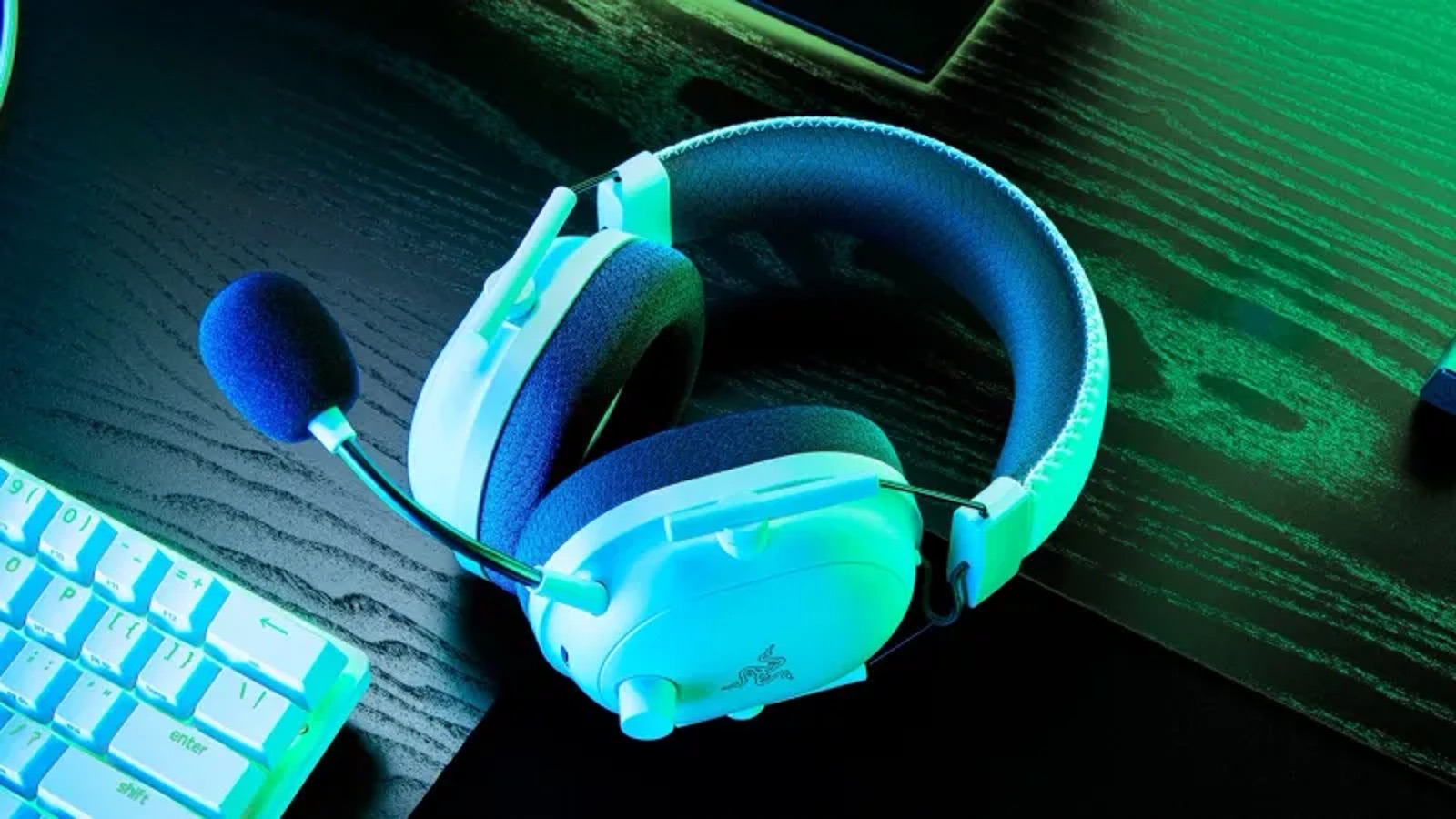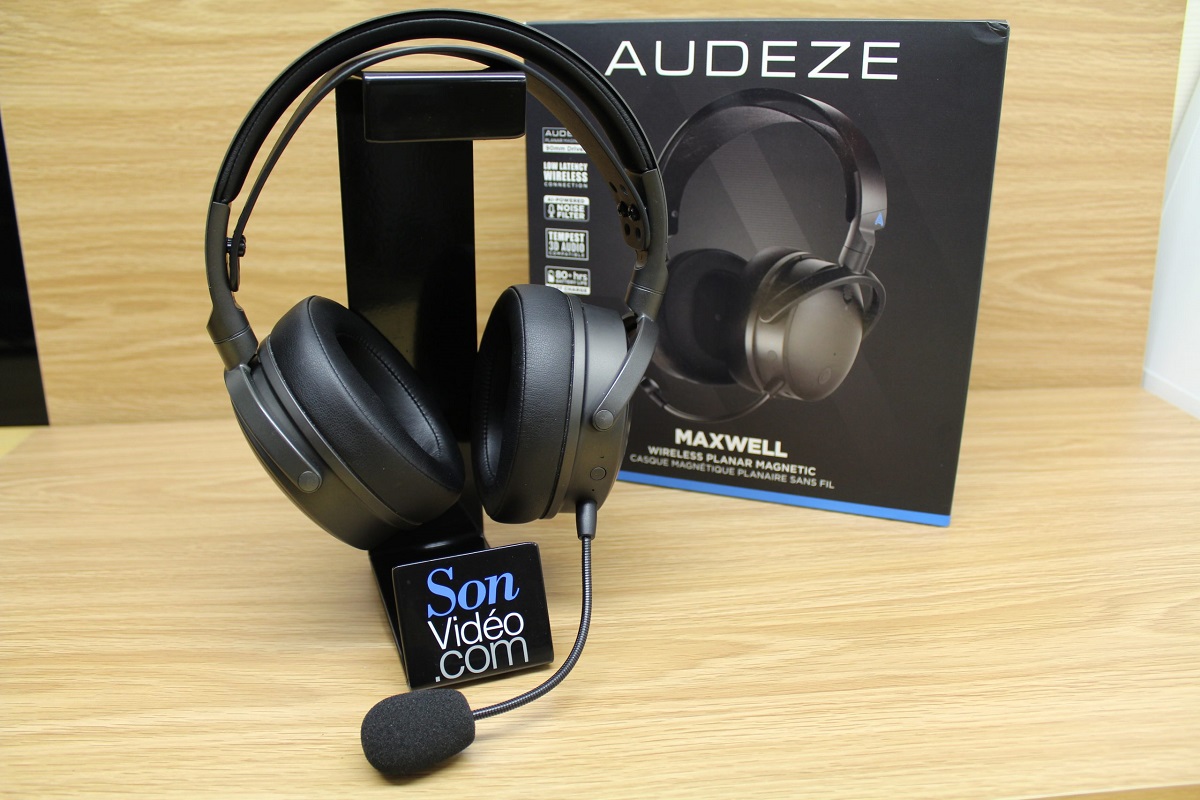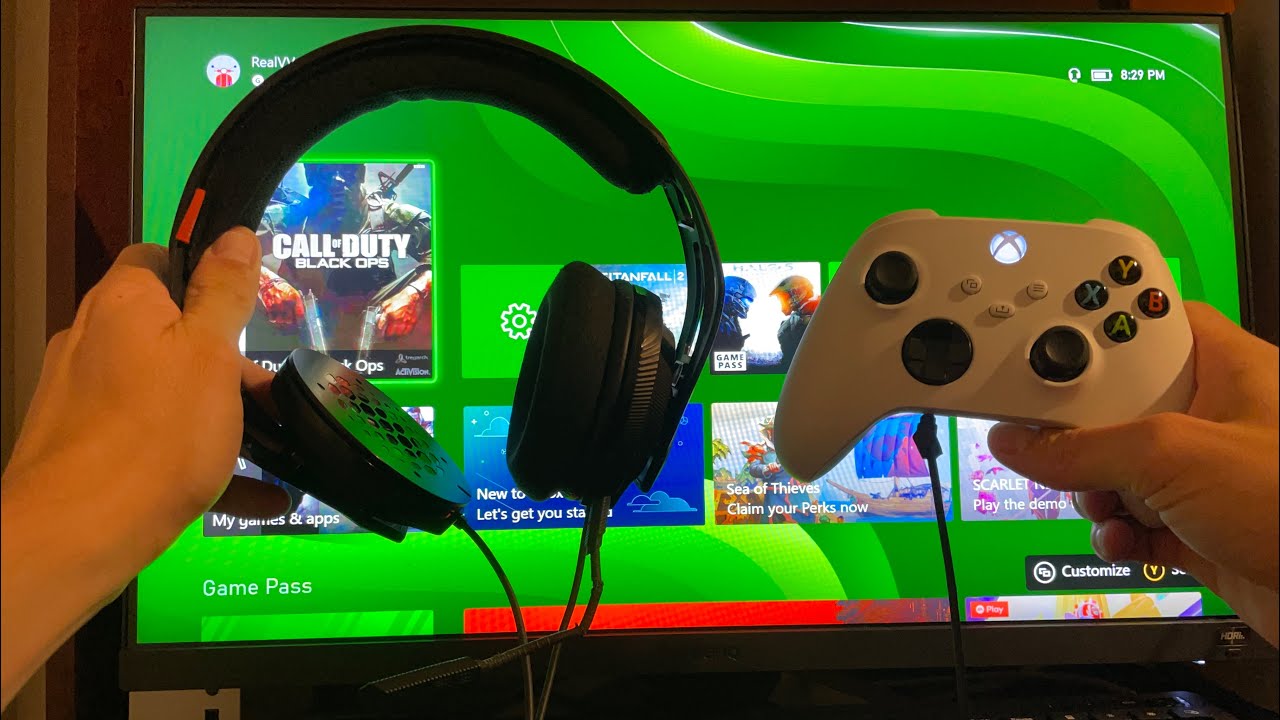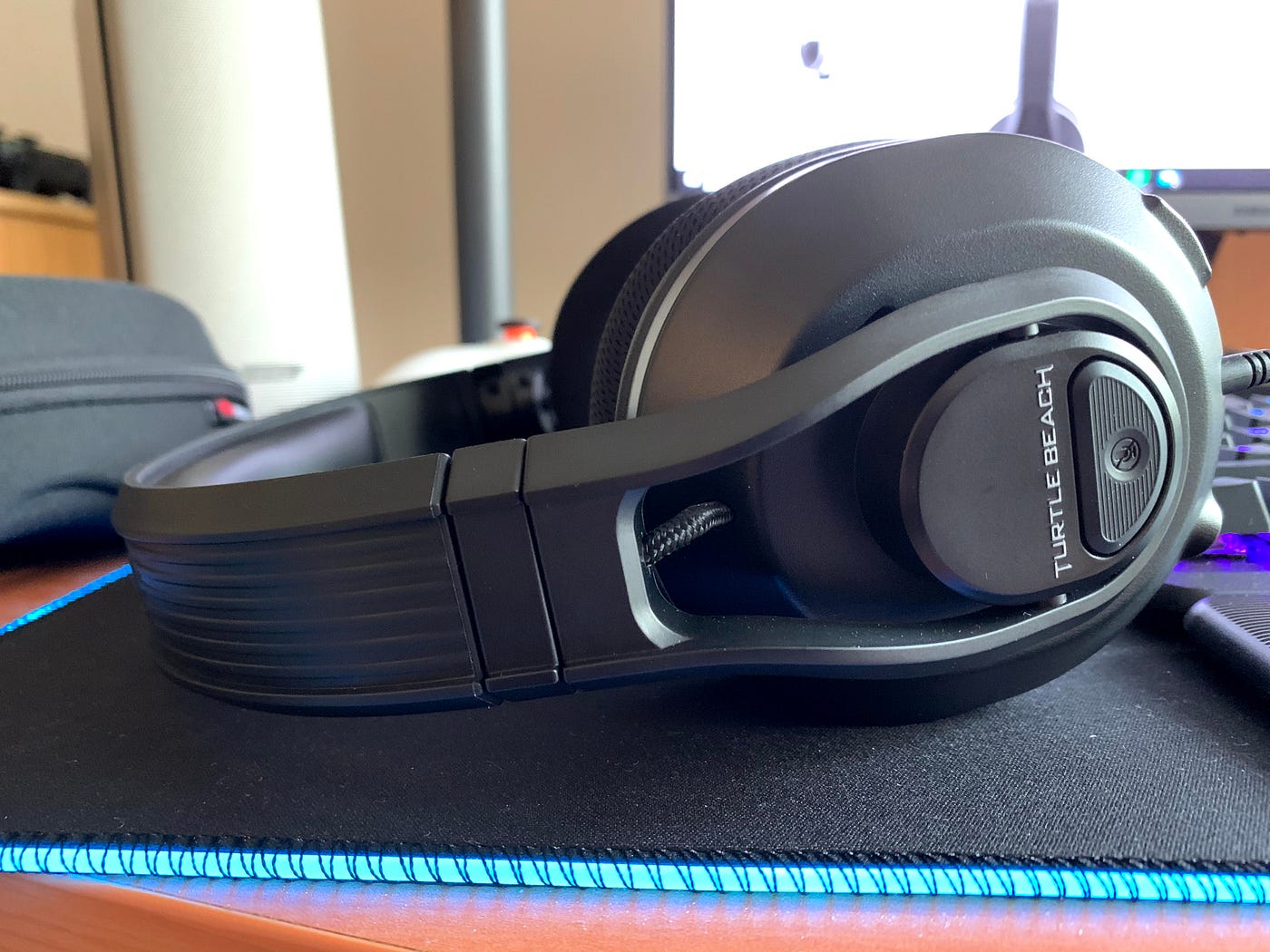Introduction
Finding Your Voice in the Gaming World
Welcome to the exhilarating realm of gaming, where every move, every sound, and every word can make a difference. As a passionate gamer, you understand the importance of clear communication with your teammates. A gaming headset serves as your conduit to the virtual battlefield, allowing you to strategize, coordinate, and immerse yourself in the gaming experience. However, if you've ever encountered the frustration of not being able to hear your own voice clearly through your headset, you're not alone. This common issue can hinder your overall gaming experience, but fear not – there are effective solutions to ensure that your voice resonates clearly in your gaming headset.
In this guide, we'll delve into practical techniques to help you overcome this obstacle and achieve crystal-clear audio communication. Whether you're a novice gamer or a seasoned pro, mastering the art of hearing your own voice through your gaming headset can significantly enhance your gaming performance and overall enjoyment. Let's embark on this journey to unlock the full potential of your gaming headset and elevate your gaming experience to new heights.
Understanding the Issue
Unraveling the Challenge
Before delving into the solutions, it’s crucial to comprehend the root of the issue. When using a gaming headset, the proximity of the microphone to your mouth can sometimes lead to a phenomenon known as “sidetone.” Sidetone refers to the audio feedback of your own voice that is played back into your headset. This feedback allows you to monitor the clarity and volume of your voice during gameplay, ensuring effective communication with your teammates. However, if the sidetone is too low or completely absent, you may find it challenging to hear yourself clearly, impacting your ability to modulate your voice and adjust your communication accordingly.
Another factor that contributes to this issue is the presence of ambient noise or external distractions. Background noise, such as the hum of a fan or the clatter of a mechanical keyboard, can interfere with the clarity of your voice feedback, making it difficult to discern your own speech while gaming. Additionally, the microphone’s sensitivity and positioning play a pivotal role in capturing and relaying your voice back to the headset. Understanding these underlying factors is essential in addressing the challenge of hearing your own voice through your gaming headset.
As we navigate through the solutions, keep in mind that achieving optimal sidetone levels and mitigating external noise are key objectives in resolving this issue. By gaining a deeper understanding of these fundamental aspects, you’ll be better equipped to implement the recommended strategies and fine-tune your gaming headset for an immersive and seamless communication experience.
Adjusting the Microphone
Optimizing Voice Capture
One of the primary steps in addressing the challenge of hearing your own voice in a gaming headset involves adjusting the microphone settings for optimal voice capture and feedback. Whether you’re using a standalone microphone or a headset with an integrated mic, the positioning and sensitivity of the microphone significantly impact the clarity of your voice feedback. Here are essential considerations to fine-tune your microphone settings:
- Positioning: Ensure that the microphone is positioned at an optimal distance from your mouth. Positioning it too close may result in muffled or distorted feedback, while placing it too far can diminish the clarity of your voice. Experiment with different distances to find the sweet spot that captures your voice accurately without overwhelming the feedback.
- Microphone Sensitivity: Most gaming headsets offer adjustable microphone sensitivity settings. By accessing your device’s audio settings or dedicated software, you can fine-tune the sensitivity to capture your voice effectively while minimizing background noise. Strike a balance that amplifies your voice without picking up excessive ambient sounds.
- Pop Filter and Windscreen: If your microphone is susceptible to plosive sounds or wind noise, consider using a pop filter or windscreen. These accessories can reduce the impact of harsh breath sounds and environmental airflow, resulting in cleaner voice feedback without disruptive artifacts.
By meticulously adjusting these microphone parameters, you can optimize the voice capture process and enhance the clarity of your voice feedback in the gaming headset. Experiment with different settings and configurations to find the perfect balance that allows you to hear your voice distinctly without compromising the overall audio quality during gameplay.
Using Noise Cancellation
Minimizing External Distractions
External noise and ambient distractions can significantly impact the clarity of your voice feedback in a gaming headset. To mitigate these challenges and create an environment conducive to clear communication, leveraging noise cancellation techniques is paramount. Here are effective methods to minimize external distractions and optimize the clarity of your voice feedback:
- Active Noise Cancellation (ANC): Many modern gaming headsets are equipped with active noise cancellation technology, which utilizes microphones to detect and counteract ambient sounds. Activating ANC can effectively reduce background noise, allowing your voice feedback to stand out with greater clarity amidst the gaming environment’s auditory backdrop.
- Environmental Adjustments: Consider optimizing your gaming setup to minimize external noise sources. Positioning yourself in a quieter area or using sound-absorbing materials in your gaming space can diminish the impact of background noise on your voice feedback, fostering a more controlled acoustic environment for communication.
- Software-Based Noise Reduction: Explore the features offered by your gaming headset’s companion software or audio control panel. Many devices provide noise reduction settings that can intelligently filter out unwanted background noise, enhancing the intelligibility of your voice feedback without compromising the overall audio experience.
By harnessing noise cancellation technologies and implementing environmental adjustments, you can create an immersive and distraction-free audio environment that elevates the clarity of your voice feedback through the gaming headset. These strategies not only enhance your communication with fellow gamers but also contribute to a more immersive and focused gaming experience, allowing you to stay attuned to crucial in-game audio cues while maintaining clear and articulate voice communication.
Testing Different Settings
Finding Your Voice’s Perfect Balance
As you strive to hear your own voice clearly through your gaming headset, conducting thorough testing of different audio settings and configurations is instrumental in achieving the optimal balance. This experimentation phase allows you to fine-tune various parameters and identify the most effective settings for clear voice feedback. Here’s how you can methodically test and adjust different settings to enhance your voice clarity:
- Microphone Sensitivity: Begin by adjusting the microphone sensitivity settings, gradually increasing or decreasing the sensitivity while speaking into the microphone. Listen to the feedback in real-time to gauge the impact of these adjustments on the clarity of your voice. Aim to find the sensitivity level that captures your voice without amplifying background noise excessively.
- Equalization (EQ) Settings: Explore the EQ settings available in your gaming headset’s software or audio control panel. Experiment with different EQ presets or manually adjust the frequencies to accentuate the vocal range and attenuate ambient sounds. Fine-tuning the EQ can significantly enhance the intelligibility of your voice feedback.
- Sidetone Adjustment: If your gaming headset offers sidetone adjustment options, test varying levels of sidetone to determine the setting that provides the most natural and clear representation of your voice. A balanced sidetone level ensures that you can hear yourself without it overpowering other in-game audio cues.
- Positioning and Acoustic Considerations: Assess the impact of your physical positioning and acoustic environment on voice feedback clarity. Experiment with different microphone distances, angles, and environmental adjustments to minimize reverberation and external noise, contributing to a more focused and articulate voice representation in your headset.
By systematically testing and fine-tuning these settings, you can unravel the ideal configuration that optimizes the clarity of your voice feedback in the gaming headset. Embrace the iterative nature of this process, as it empowers you to customize your audio experience and achieve a seamless integration of your voice within the gaming environment.
Conclusion
Elevating Your Gaming Communication
Embarking on the quest to hear your own voice in a gaming headset has unveiled a myriad of techniques and considerations to optimize your communication experience. By understanding the intricacies of sidetone, adjusting microphone settings, harnessing noise cancellation, and methodically testing different configurations, you’ve gained valuable insights into enhancing the clarity and fidelity of your voice feedback during gameplay.
As you apply these strategies and techniques, remember that achieving an ideal balance between voice clarity and environmental immersion is the ultimate goal. Your voice should resonate with precision, empowering you to communicate effectively with your teammates while remaining attuned to the immersive audio landscape of your games.
Embrace the iterative nature of refining your audio settings, as it allows you to tailor your gaming communication experience to your preferences and environment. Whether you’re engaged in intense team-based battles or immersive single-player adventures, the ability to hear your own voice clearly through your gaming headset enriches the interactive experience and fosters seamless communication within the gaming community.
By implementing the insights gleaned from this guide and embracing the dynamic nature of audio optimization, you’re poised to elevate your gaming communication to new heights, forging stronger connections with fellow gamers and immersing yourself in the captivating realm of interactive entertainment. Let the resonance of your voice become a harmonious symphony within the gaming landscape, amplifying your presence and impact in every virtual endeavor.







